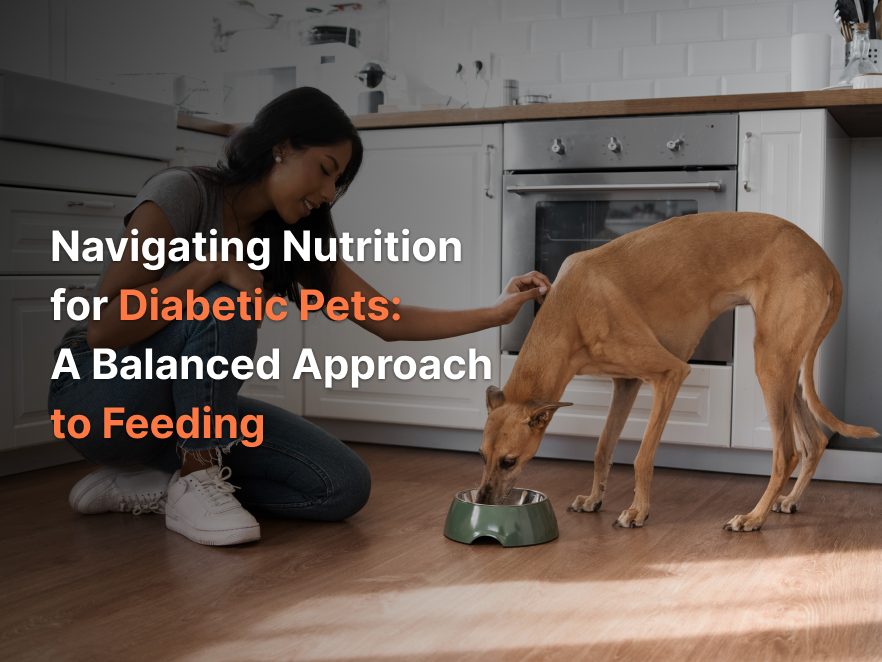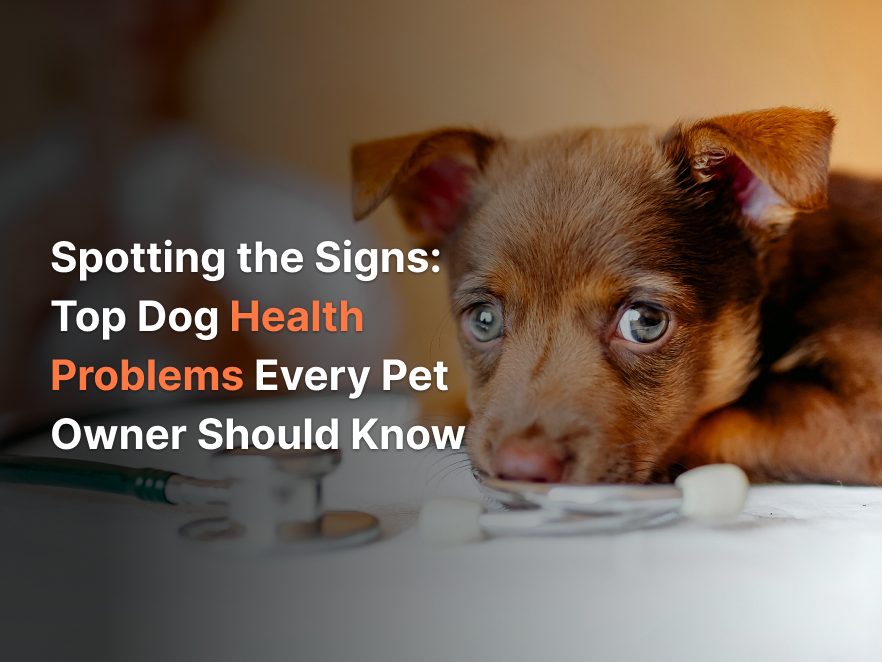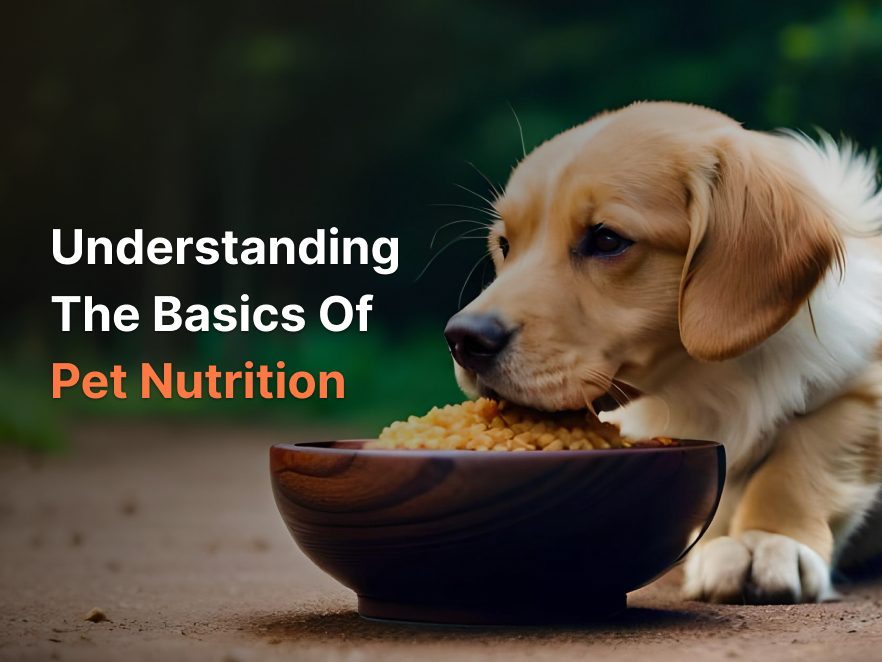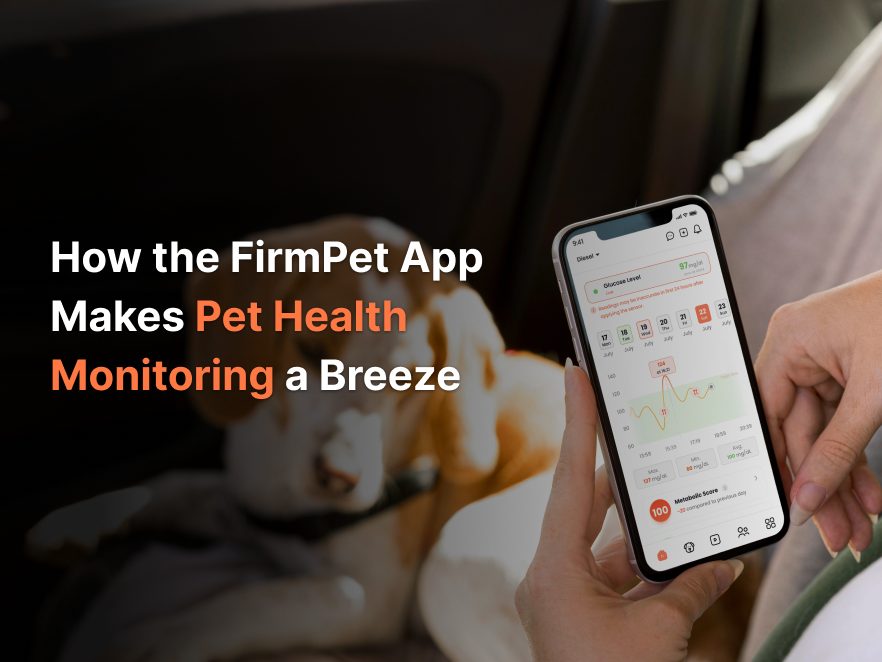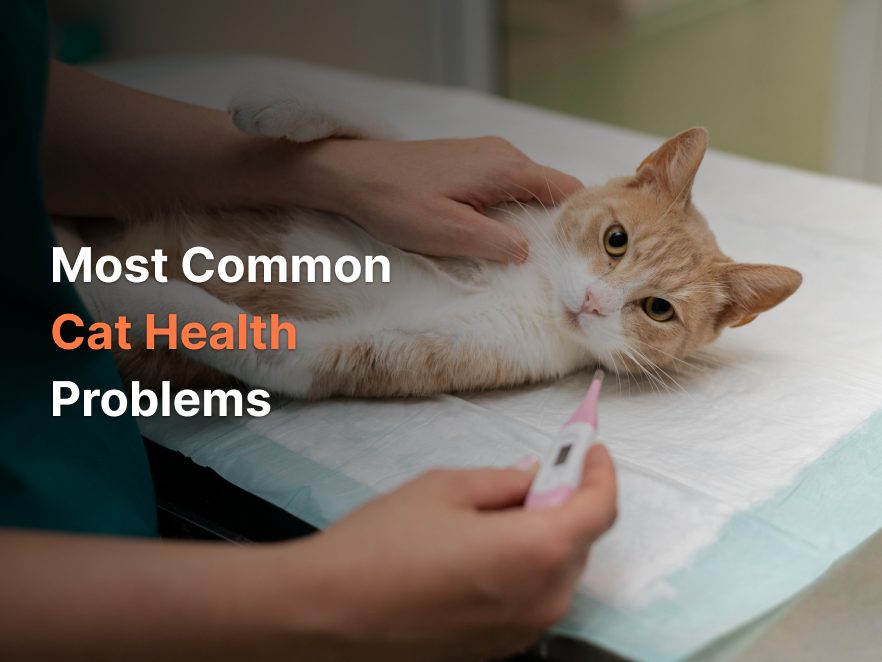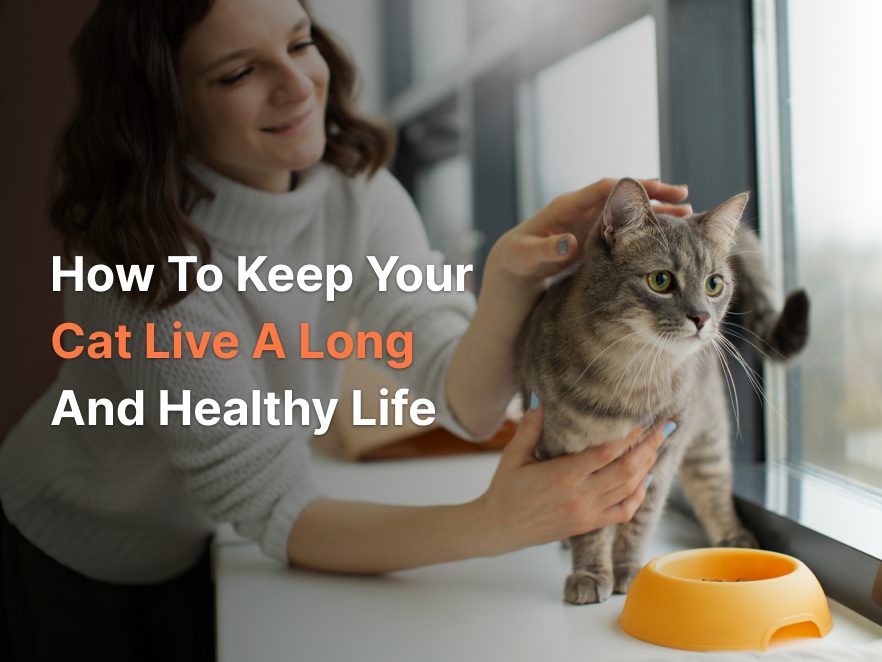- Health
- July 4, 2022
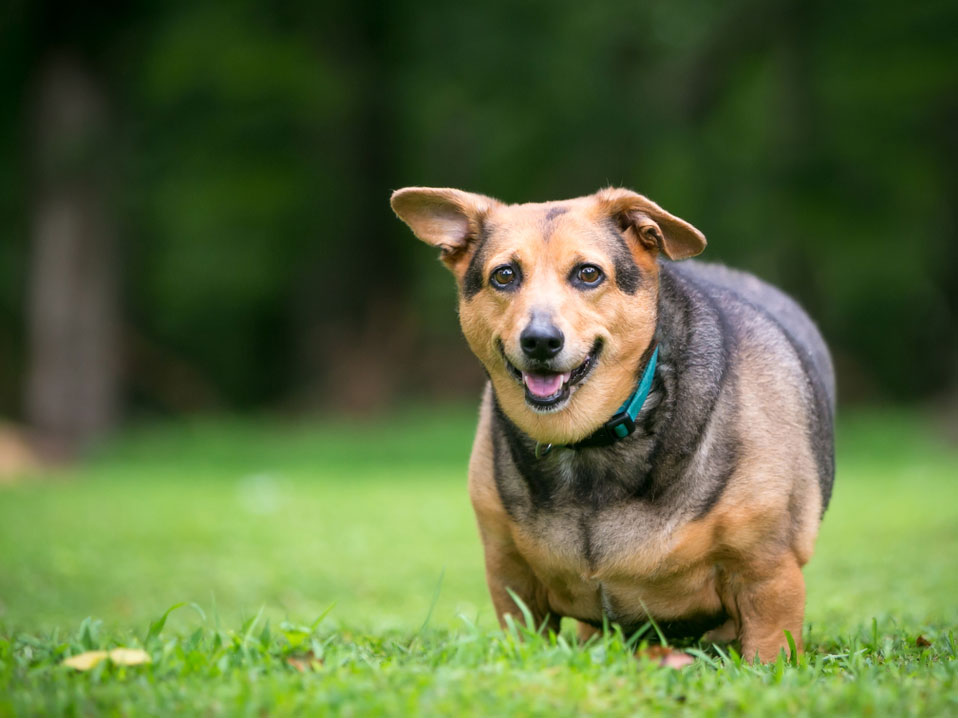
Not only humans but now pets also commonly suffer from obesity. Obesity refers to excessive body fat subject to nutritional disease. Since body weight and body fat growth go hand-in-hand, pets with excess weight certainly have excess body fat. According to Vets, almost 59% of all pets are overweight. In a decade, there has been an increase of 158% in obese dogs and 169% in the number of obese cats.
When pets weigh 10-20% above their ideal body weight, they are considered overweight. Pet obesity brings along many other diseases, such as:
- -Urinary bladder stones
- -Diabetes mellitus, hypertension, different types of cancer and heart disease.
- -Anesthetic issues as pets can’t tolerate heat.
- -Rapid degeneration of affected joints and osteoarthritis.
- -Respiratory and heart disease.
- -Kidney diseases.
- -Diminished life expectancy.
- -Cranial cruciate ligament injuries
- -Knee injuries.
- -Insulin resistance.
Some common symptoms that can help you learn about your pet’s obesity are high body condition scores, excess body fat, high blood pressure, unwillingness or inability to exercise etc.
CAUSES OF PET OBESITY
Before jumping into the cures, let us first understand the factors leading to the excess body weight among pets. Few are described here:
>>Physiology
Genetic Predisposition; Some breeds of pets get easily prone to obesity. In dogs, spaniels. Beagles, Terrier breeds etc., are vulnerable to being overweight.
-Age; Pets within five years of age tend to decrease their voluntary physical activity and burn less fat.
>>Medications
Glucocorticoids can lead to abnormal weight gain. -Phenobarbital results in overeating due to deficiency of satiety.
>>Environment
- -Less Exercise in pets due to remaining indoors.
- -Feeding the pet high fats more in comparison to the exercise done.
- -Sometimes, pet owners also don’t realize how overweight their pets are.
>>Surgery
Spaying/Neutering; When sex hormones decrease, then less energy is burnt, which affects the satiety of pets.
>>Diseases
Insulinoma, Hyperadrenocorticism and Hypothyroidism can result in obesity.
DIAGNOSIS OF PET OBESITY
There are four types of body condition measurements found in pets that are underweight, overweight, obese and ideal.
Obesity can be diagnosed by getting a Body Condition Score (BCS) after calculating the pet’s body weight and fat. The veterinary doctor can evaluate it by examining the pets and closely feeling their body parts, including the lumbar, head, ribs and tail.
The pet is declared obese if the excess fat is 10-15%. BCS is measured on a scale of 0-9; if the score is more than 7, then the pet is considered overweight.
TIPS & MEASURES TO CONTROL PET OBESITY
After learning the risks accompanying excess body weight, taking appropriate measures to curb it is essential. Some are discussed below:
-
-Make A Routine
Feed the pets on a set schedule to let them realize when they are hungry and when they are not. Please keep track of what time they get fed and how much food they are having with the help of measuring cups. Write it all down for regular assessment. It helps to prevent overfeeding.
-
-Minimize Snack Meals:
Pets can seek a lot of extra calories in goodies from friendly neighbors. You need to check from where these extra calories are arriving and try to tackle it there & then. As these calories only add up to the regular kibble the pet gets.
-
-Regular, Low-Impact Exercise:
Beginning with a straightforward count of simple steps the pet takes every day. You can start by roaming with them from one room to another across the house. Gradually, increase the length of their walks by assigning specific tasks like going to the mailbox etc. Playtime and other activities will encourage them to take long walks. A pet must dedicate a minimum period of 15 minutes to physical exercise. Experiment with various toys & games to understand what tempts them more.
-
-Hydrotherapy:
Pets who love water may enjoy running on a submerged treadmill. It is a safe and low-impact way to burn fat. Nowadays, many canine swim centers are opening. Here, you can implement hydrotherapy can to cure arthritis, weight loss etc.
-
-Re-Plan Meals:
Revise the meal plans of your pet to emphasize more on low-calorie options. You can rely on crunchy vegan diets such as fresh green beans, carrot sticks etc. Offer treat-dispensing toys that enable your pets to work to get the treat.
-
-Give Pain Relief:
Pets may suffer from different pains due to joint issues, recovery from treatment, age factors etc. You may consult a good veterinarian regularly to learn ways to reduce pain. Also, try to increase their physical movement through heating pads, acupuncture, prescription medication or even massage.
CONCLUSION
Pet obesity must not be neglected as it may attract numerous diseases and even shorten their life years. With a good dietary plan, regular low-impact exercises and veteran consultation, you can manage to curb the overweight of your pet. It will help them to lead healthy and happy life.
